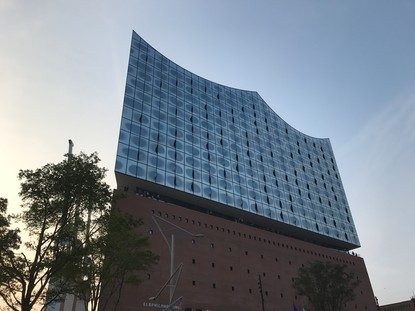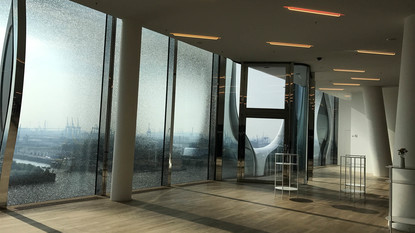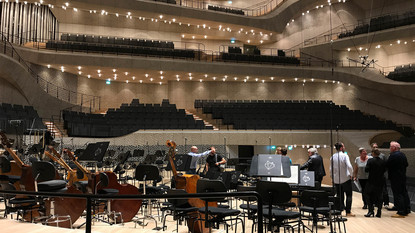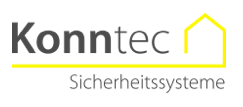Elbphilharmonie
The new landmark of HamburgCES locking system supports event logistics and is a reliable backup of the access control systems.
Locking system supports event logistics
From its very beginning, the new landmark in Hamburg has surpassed any expectations regarding public image, the number of visitors and the usage of the rooms. For the operators of the Elbphilharmonie it was therefore a considerable relief to see that the locking concept developed in theory worked from the very first day in practice.
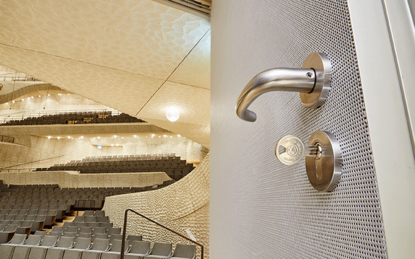
© Claudia Höhne
Dennis Just, head of the technical department of the Elbphilharmonie, remembers very well the locking plan discussions. In view of the complexity, the challenge was to form useful, functional units, like for the security personnel, for technicians and cleaning staff and the artists, with correspondingly different locking authorisations. The concert area alone comprises more than 500 rooms, freight elevators and inspection flaps, but also passage ways and connections to other parts of the building.
Just is particularly pleased that the allocation of such a vast number of keys and cylinders to the many functional and usage areas, which was developed on the drawing board, proved itself to work so well from the very beginning. “Precision on the spot”: this view is also shared by Tino Konnertz, managing director of Konntec Sicherheitssysteme GmbH in Mönchengladbach, which was the company which installed the locking system. “On top of this, with DU one of the most high-grade key section series on offer on the market was selected. Although the locking system is very complex, grand master keys and group keys are extremely stable and perfectly suited for constant use.”
Integration into the escape door control terminals
Key switches enable the constant opening of a doorThe CES locking system passed the real-life test also in the interplay between the electronic access control and the escape door control. With their area key, the in-house technicians can simultaneously switch the key switches which are integrated into the escape door control terminals and thus flexibly control connecting doors and freight elevators.
Normally, a transponder card grants access - but only for a short term. If the electrified doors remain open for a longer period, like for a transport, an alarm is immediately triggered in the control centre, the risk management system.
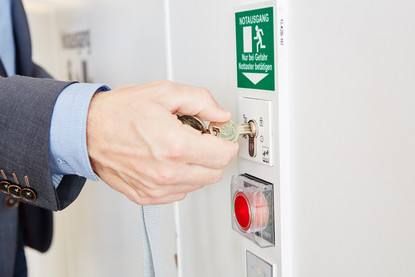
© Claudia Höhne
Backup for a smooth concert schedule
In particular in the concert area, the security concept provides an additional, basic backup feature. On the entire area of the concert hall - from the Kaispeicher with its “World of Instruments” in the basement to the highest level on the 20th floor - individual key safes have been installed.They ensure that area keys are retrieved in an electronically secured manner.
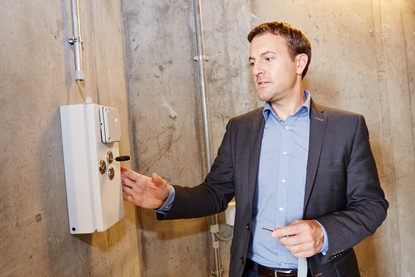
© Claudia Höhne
With a subordinate key, the superordinate key can be taken out in an electronically secured manner, thus enabling access to central parts of the building if required. An electronic reader is installed on the key safe. The user is identified by the reader by means of a combined key which he needs to have to hand. The area key which is also installed on the key safe is “released” and is issued by unlocking the mechanical lock. The subordinate key remains in the safe as a security.
These unique key safes, the corresponding software and special gear wheels were especially developed and installed by the CES electronic specialists. Next to the escape door control, they are a key element of the central risk management system which is staffed around the clock and which documents any retrieval and return of an area key. In the event of manipulation attempts, an alarm is immediately triggered, and a sabotage message is sent.
Locking cylinders with stainless steel finish
To achieve this finish, the metal of the locking cylinders was satin nickel-plated and brushed.As standard, locking cylinders are made from brass. For the stainless steel finish, the metal was satin nickel-plated and brushed.
With its electroplating plant, CES is able to offer a wide variety of colours for locking cylinders and locks. These include surfaces painted white, brown or with clear lacquer, which are suitable for polished, brushed and chemically coloured, burnished surfaces. We are also able to deliver different metal surfaces such as copper, nickel, chromium and gold, as well as metallic colours like stainless steel and bronze.

© Claudia Höhne
Implementation
The mechanical master key system in the Elbphilharmonie comprises more than 2,500 cylinders on doors. It is based on the DU locking system which has a high technical duplication protection due to the double undercut.
Because it offers so many variants, the DU system was particularly suited to fulfil the requirements of this complex locking system. For the required stainless steel finish, the locking cylinders were satin nickel-plated and brushed.


